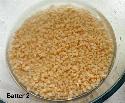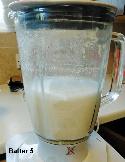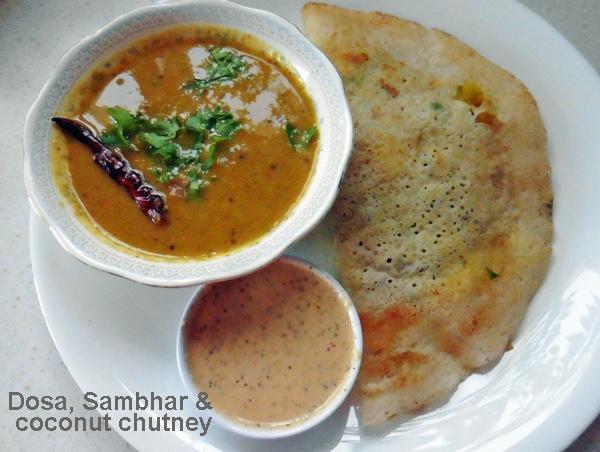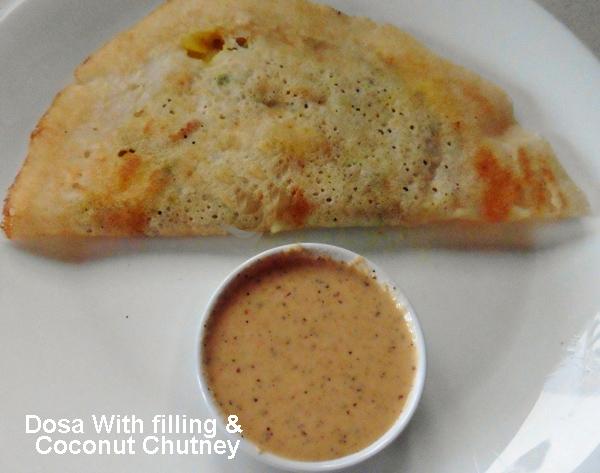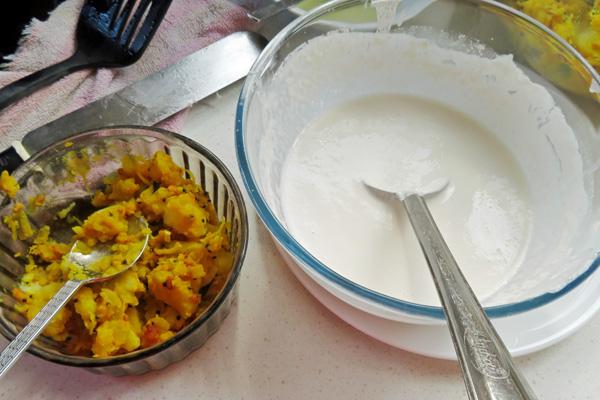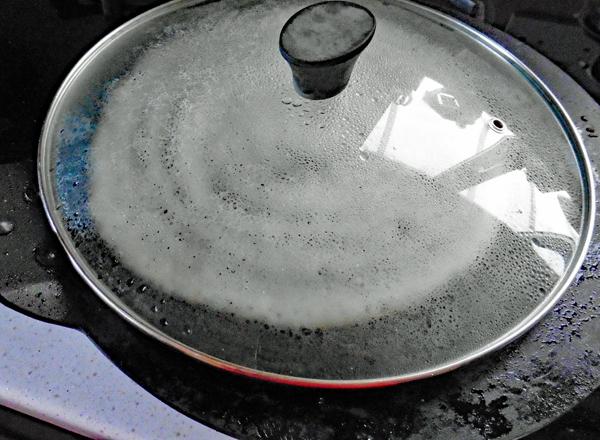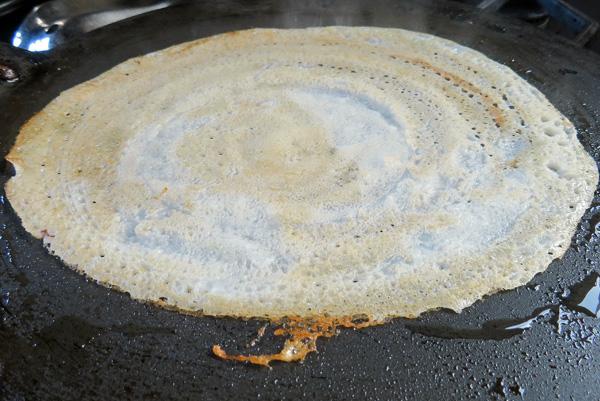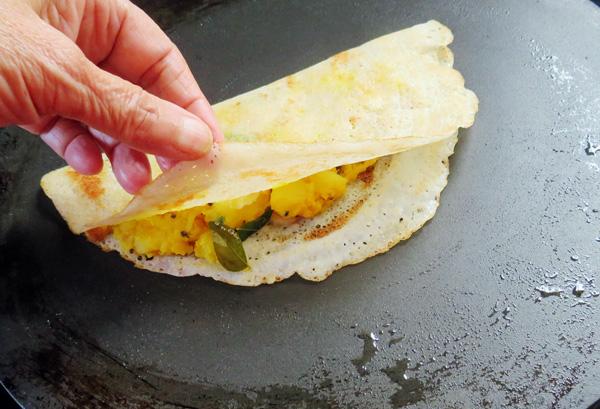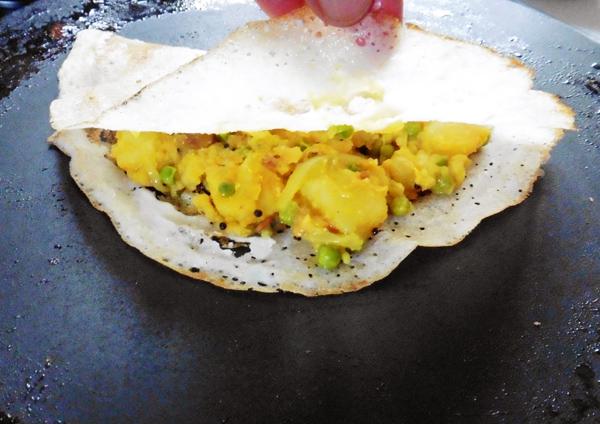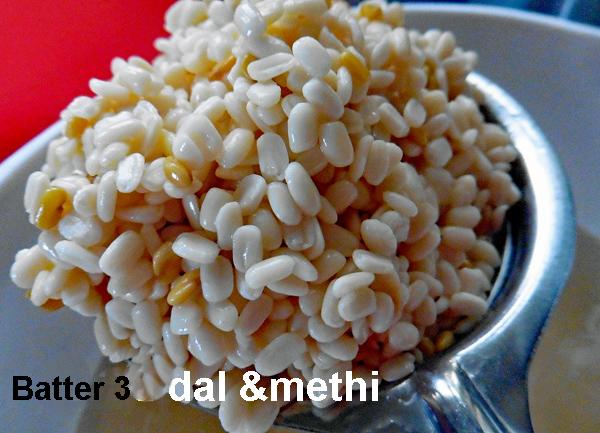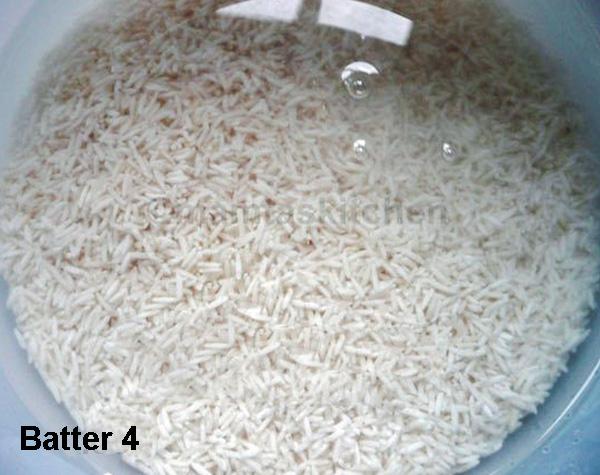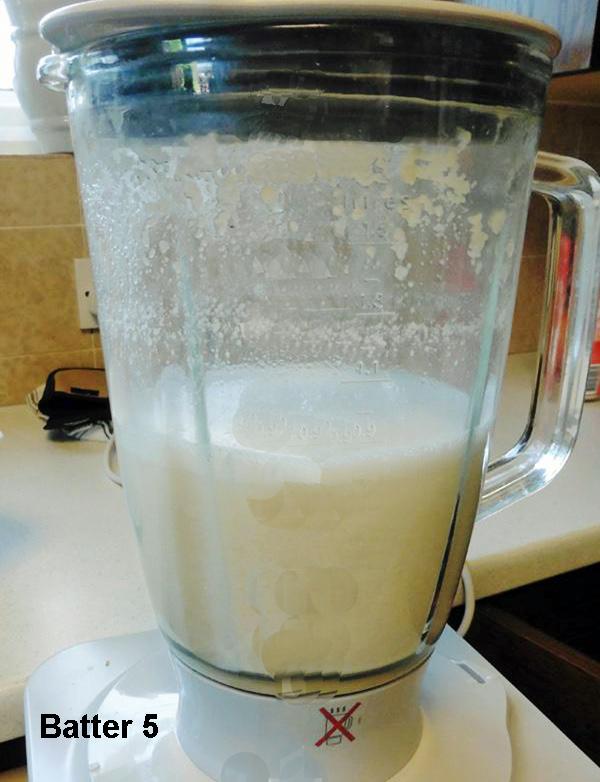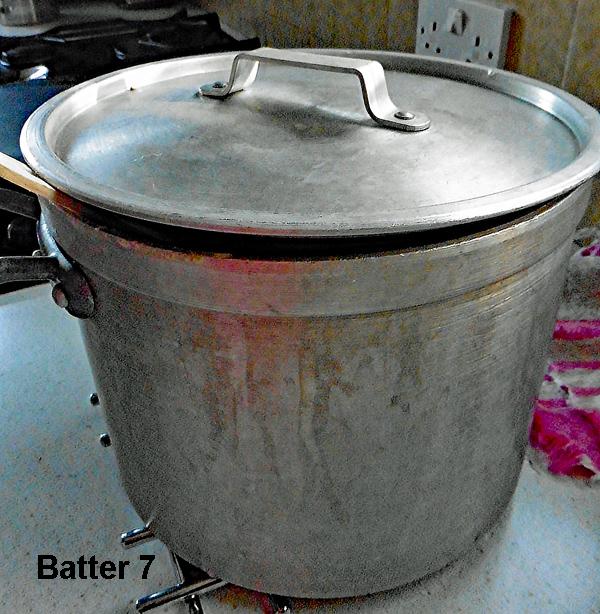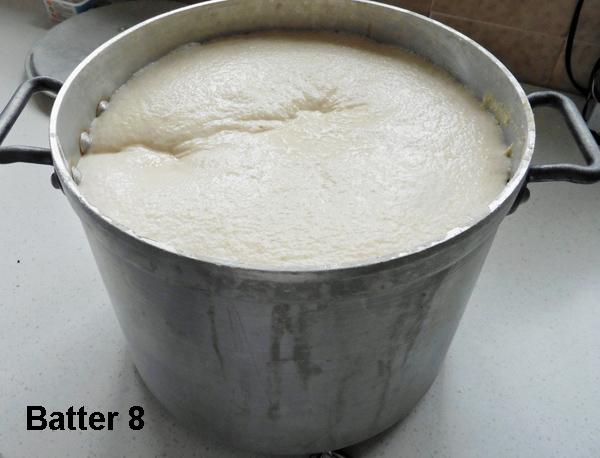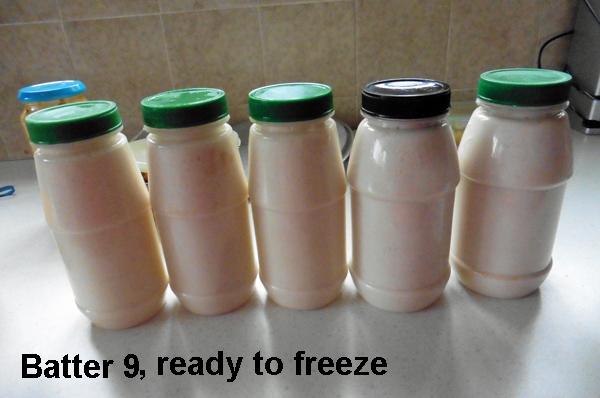Dosa (Traditional), A Rice and Lentil Savoury Pancake
Dosa or Dosai
Mamta Gupta
Dosas, rice and lentil pancakes, originally come from South India but are now very popular all over India. Dosas should be as thin as you can make it, like paper. That is why they are often called 'paper dosas' in India. They are not difficult to make, but have to be planned a day or two in advance, longer during cold weather. I would recommend reading the whole recipe before you start making them. They have to be eaten straight off the griddle, nice and crisp. You can not make them in advance and serve them soft. They are usually served with a filling in northern India. This amount of batter makes approximately 15-20 dosas, dependng on the size you make.
Dosa batter can also be use to make Idli.
Dosa batter can be frozen also. Defrost fully before using again.
Edited April 2020
Ingredients
3 cups rice, I usually use Basmati, because that is the one I have in my cupboard.
1 cup black gram dal/dhal, skinless
1/2 cup poha or flattened rice, if you have any
2 tsp. fenugreek or methi seeds (this gives added flavour to the dosas)
Salt to taste (Read step 4 before adding salt)
Equipment
Dosa tava or griddle
A small, round ladle, roughly the size of a gravy spoon, with a long handle, which holds about 2 tbsp. of batter
A flat, thin and wide spatula
A small bowl/cup, with oil and water mix-50/50
A small piece of clean cloth (an old handkerchief) to spread the oil on the tava
Instructions
Wash and soak rice and poha flattened rice together overnight or at least for 5-6 hours.
Wash and soak dal and fenugreek seeds together, overnight or at least for 5-6 hours.
Grind rice and dal separately in a blender/liquidizer, until dal/lentil batter is very fine and smooth, and the rice batter has a fine grain. You can test this by rubbing a tiny amount between your forefinger and thumb.
Mix both batters and salt together in a large bowl (you need enough space for batter to rise as it ferments to three times its size in volume). Add 1 full tsp. Salt first and then adjust to taste. Salt helps with the fermentation, so don't add it if you live in a hot climate.
Cover with a cling film and leave to ferment in a warm place for 12 hours/overnight. In cold countries, it may take up to 24 hours or longer. Airing cupboard or somewhere near a water boiler is a good place for this. When ready, the batter looks very frothy and bubbly, almost like over-risen bread dough. It has a slightly fermented smell. Don't throw it away thinking it has gone off! Once ready, this batter can be stored in a fridge, until needed.
Batter should be of a thin, pouring consistency, any thicker and spreading it becomes difficult. Thinner the batter, thinner and crisper your dosa will be. You should thin only a small amount of the batter at a time, so that you dont over-thin all of your batter. I take about 1/4 out in a smaller bowl and add a little water slowly till I get it right. Stir the batter very gently, as too much stirring will make it loose it's trapped air, which is important to get the right texture and thinness.
Preparing the Griddle/tava
Heat the griddle on high first. To check if it is ready for cooking, sprinkle a few drops of water, if it sizzles and makes small pearls of water, the griddle is ready.
Now coat the griddle/tava with a little oil and water mix, using a small cloth/old handkerchief soaked in it. You can do this by rubbing a half of onion dipped in oil on the griddle. This gives a uniform, thin film of oil to the pan. This is especially important, if you are using a griddle without a non-stick surface. Take care, too much oil on the surface doesnt allow you to spread it evenly, batter keeps coming off on to the ladle.
When the griddle/tava smokes, turn the heat down to medium. Now you are ready to start.
Making Dosas
Make a test Dosa first, using a small ladle full of batter placed in the centre of the griddle. Start from the centre and spread in ever increasing, concentric circles, leaving a thin outer edge. First dosa is almost always difficult to spread. So make a small, thicker one, perhaps spreading it just by tilting the pan around. Once the 1st dosa is cooked, you will find that next and subsequent dosas are easier to spread, because the surface of the pan is now seasoned. Traditional dosa pans are usually old and not washed every day, just wiped, so they remain seasoned. As you get used to making dosas, you will be able to make thinner, even paper thin dosas. It is simply a question of practice makes perfect!
Once the dosa is spread, pour one teaspoon of oil all around the edges. It will disappear under the dosa. This helps to stop it from sticking, easier to turn over and it makes the dosa crisper.
Cook it covered with a lid for a couple of minutes. Covering it with a lid ensures that the dal and rice are cooked through in the trapped hot steam.
When it is ready, the edges begin to come off the griddle and look light golden brown. Do not overcook or burn beyond this point.
Turn it over gently and cook the other side for another couple of minutes. You dont have to cook on the other side at all, if it is thin enough, it will cook through. It should be lightly browned and crisp on the smooth side.
Traditional dosas are folded with opposite ends overlapping in the centre, as in picture.
Serve hot with Sambhar, Coconut Chutney 1 or Coconut Chutney 2.
Notes
If your batter sticks to the griddle/ladle during spreading, either your batter is too thick and may need thinning or the griddle is not hot enough or you have put too much oil on the griddle.
Also see: Bread Dosa (Pancake)












